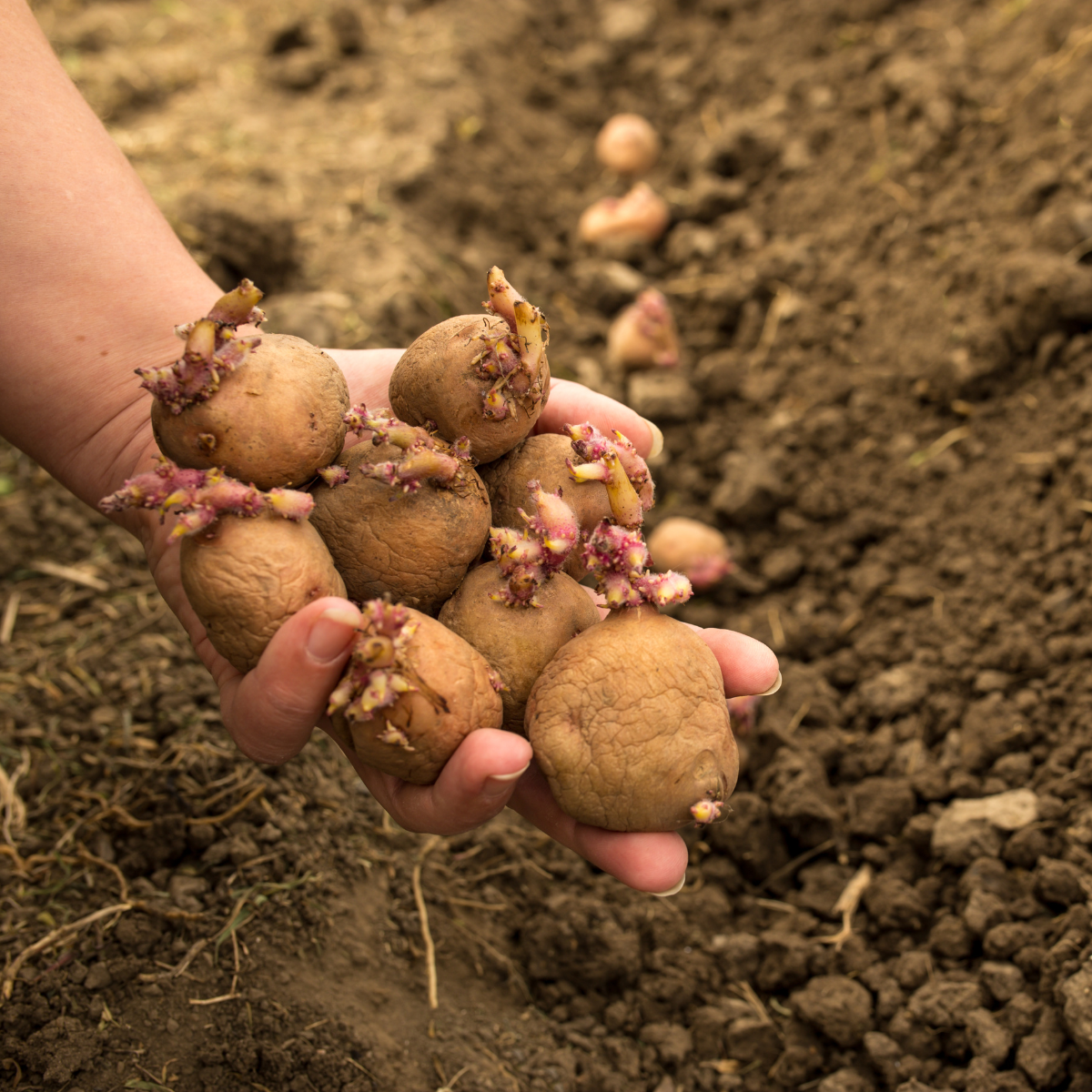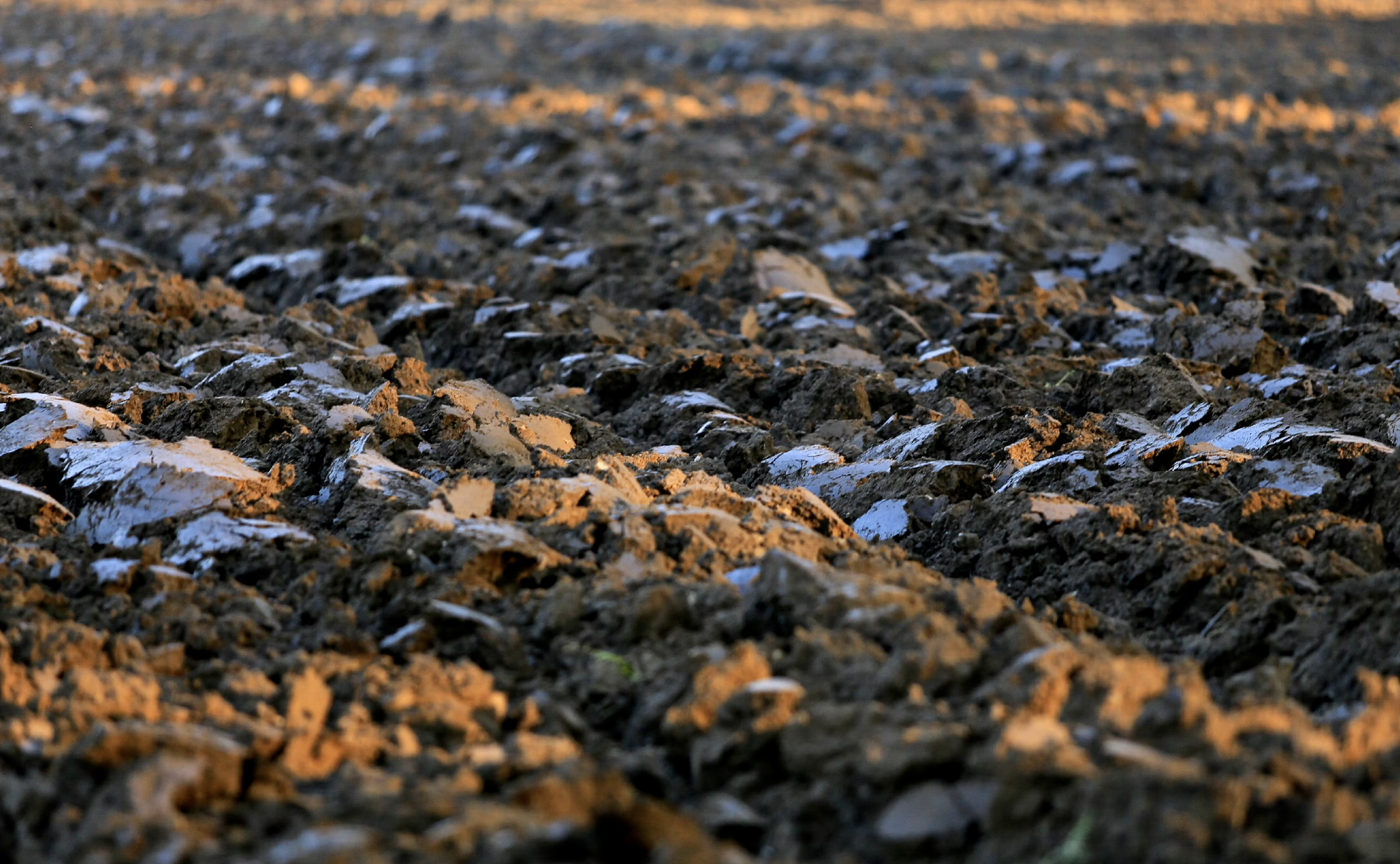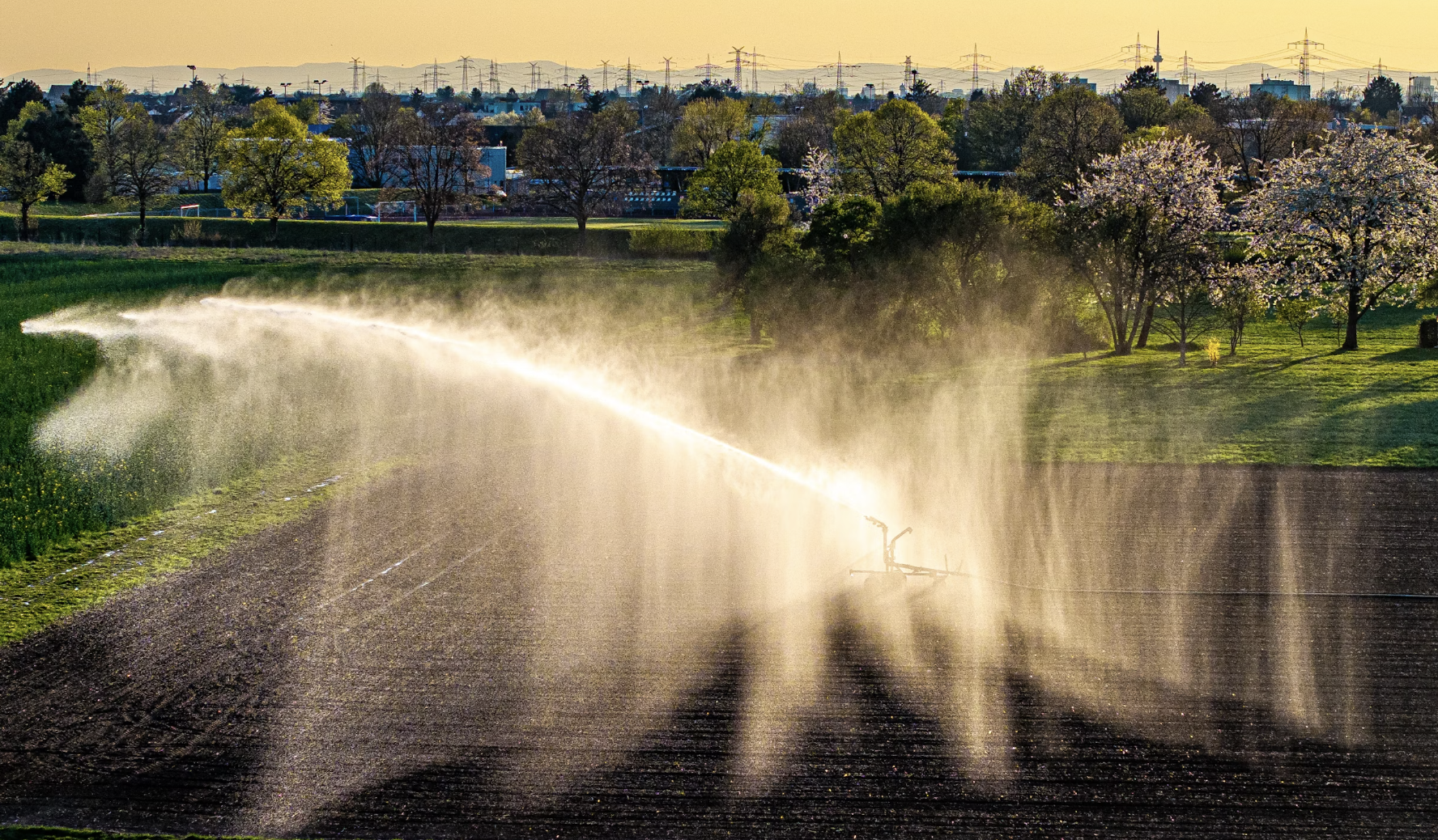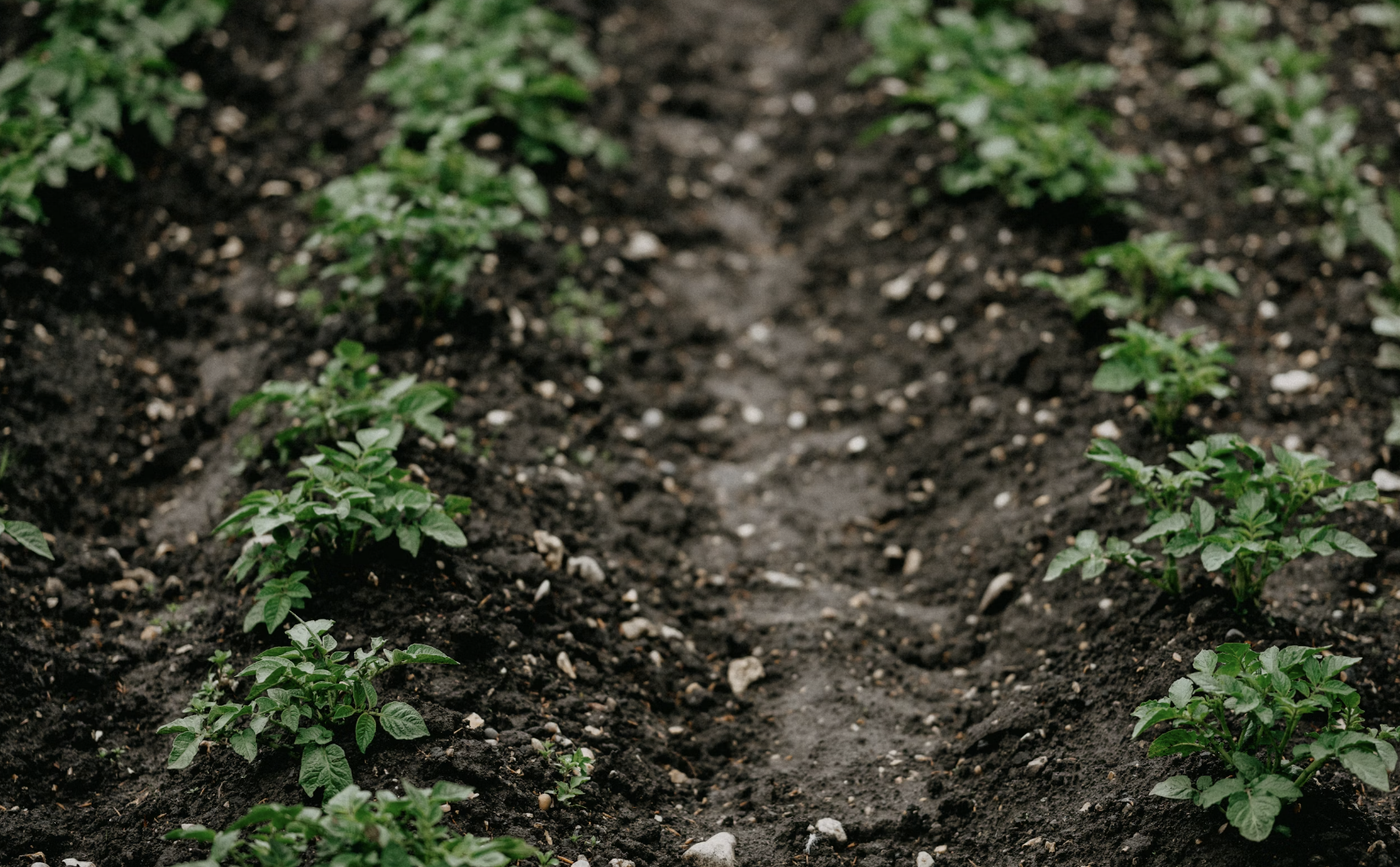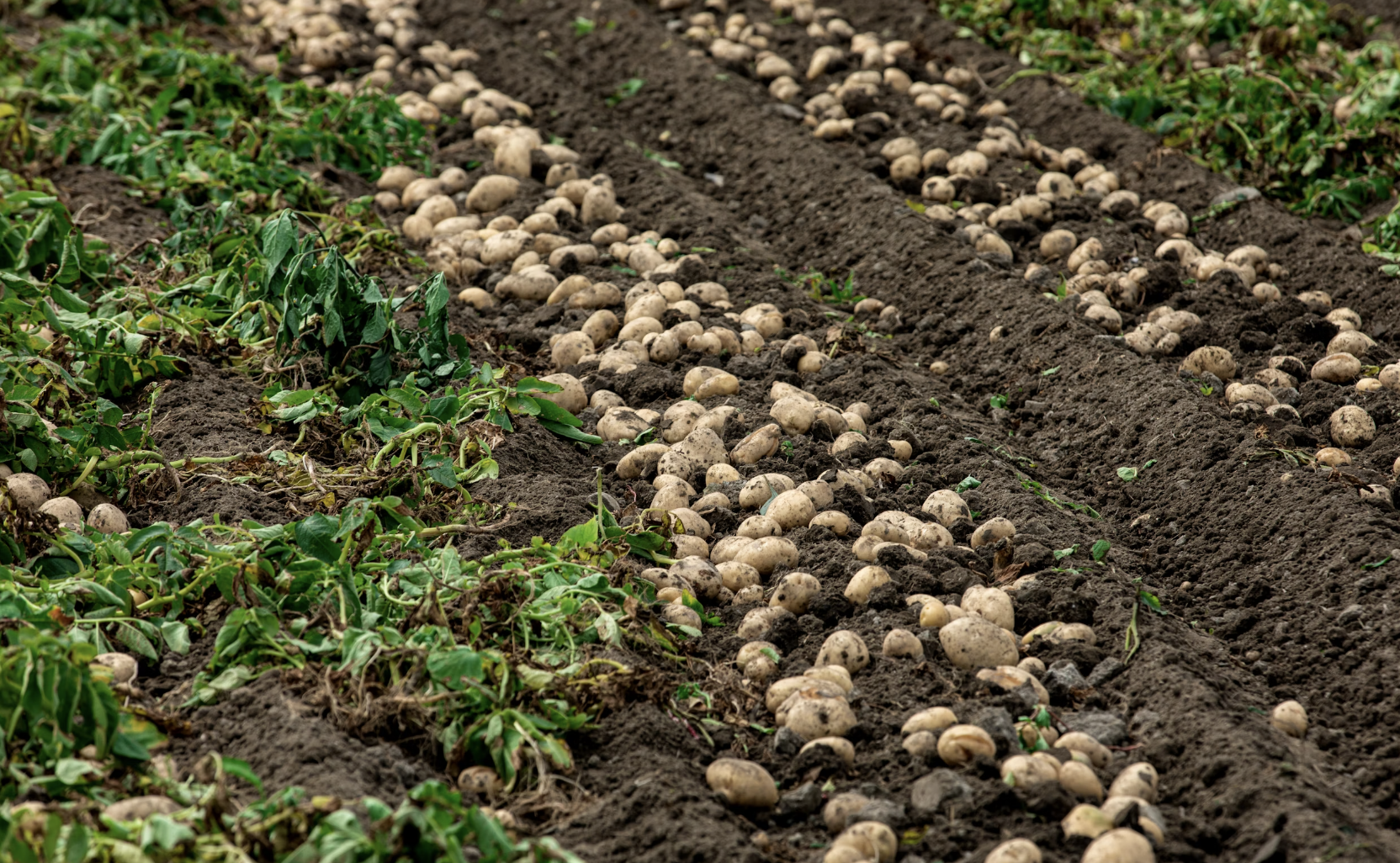Potatoes grow in distinct steps, progressing through clear potatoes growing stages such as sprouting, growing leaves, forming tubers, tuber bulking, and ripening. Each of these stages is crucial for the plant’s growth and eventual harvest. For instance, understanding the sprouting stage can help potatoes grow faster and yield more.
Sprouting Stage in Potatoes Growing Stages
Preparing Seed Potatoes
Choosing good seed potatoes is key to sprouting success. Pick tubers that are healthy and free from diseases. Using positive selection, where top mother plants are chosen, improves seed quality. This method helps increase harvests and lowers disease risks. Farmer training programs, like those by the International Potato Center, show that better seed choices lead to improved sprouting.
Evidence Type | Description |
|---|---|
Positive Selection | Choosing top mother plants boosts seed quality and harvests. |
Disease Management | Healthy seed stocks lower disease risks for better sprouting. |
Farmer Training | Programs teach farmers to pick better seeds for sprouting success. |
Cut large seed potatoes into smaller pieces before planting. Make sure each piece has at least one "eye" or bud. Let the pieces dry for a day or two to stop them from rotting.
Identifying Sprout Emergence
Sprouting starts when the tuber wakes up and begins growing. Light, temperature, water, and nutrients all affect this process. Small shoots, called sprouts, will grow from the potato’s eyes. These sprouts show the tuber is ready to grow.
Studies show hormones like iP and tZ rise before sprouting. These hormones signal the tuber to start growing. Changes inside the potato prepare it for growth. Watching for these signs helps you give the right care for sprouting success.
Early Care During Sprouting
Good soil moisture is very important during sprouting. Keep soil moisture at 65–70% to help roots grow strong. Too little water can weaken roots and cut harvests by 25%.
Water regularly but avoid overwatering. Too much water causes rot, while too little slows sprouting. Loose, well-drained soil helps sprouts grow better. Adding compost improves soil nutrients and structure.
Pests and diseases can harm sprouting potatoes. Check plants and soil often for damage. Use organic pest controls like neem oil or diatomaceous earth to protect crops safely.
FJD ISOBUS System – Precision Control for Potato Planting and Beyond
From seed to harvest, the FJD ISOBUS System empowers farmers to manage every stage of potato cultivation with smart, synchronized control. During the critical seeding stage, ISOBUS ensures high-efficiency, variable-rate planting by seamlessly connecting your tractor and implements—no matter the brand.
Why FJD ISOBUS is Ideal for Potato Seeding
Precision Seeding Control - Achieve uniform tuber spacing and optimal seed depth to ensure healthy crop establishment and maximize yield potential.
Plug-and-Play Compatibility - Easily integrate with ISOBUS-compatible planters, seeders, and fertilizer applicators—no extra displays or complex wiring needed.
Real-Time Data Monitoring - Monitor seed population, implement performance, and planting maps on a single intuitive screen—enhancing visibility and decision-making in the field.
Automated Task Execution - Automate section control and variable rate application to reduce overlap and input waste—especially important in large-scale potato farming.
Supports All Growth Stages - While seeding is the focus, ISOBUS also supports tasks like fertilizing, hilling, spraying, and harvesting—adapting to each stage of the potato growth cycle.
Equip your operation with FJD ISOBUS to take control of every inch of your potato fields. Learn more about FJD ISOBUS
Vegetative Growth in Potatoes Growing Stages
Growth of Leaves and Stems
Potato plants grow leaves and stems during this stage. These parts help the plant make food and move nutrients. Taller plants and bigger leaves often mean more potatoes. Middle-early types grow taller, while high-yield types have wider leaves. Fewer stems mean less fighting for nutrients, helping tubers grow bigger.

Trait | Observation |
|---|---|
Plant Height | |
Leaf Area | Bigger in high-yield types, important for plant growth. |
Number of Stems | Fewer stems reduce resource competition, boosting tuber size. |
Growth Rate | Fastest in the first 30–40 days, depends on variety. |
Yield Correlation | Strong link with plant height and leaf size, key for breeders. |
Role of Sunlight and Water
Sunlight and water are very important for healthy growth. Potato plants need 6–8 hours of sunlight daily to make food. More sunlight helps plants grow better, especially with higher CO2 levels. Watering keeps soil moist, which is needed for growth. Too much water can cause rot, and too little can dry out leaves.
Varieties like 'Etincelle' and 'Wega' need steady sunlight and water to grow well.
Keeping soil moist during flowering and tuber growth avoids stress and helps plants grow.
Slightly acidic soil helps plants absorb nutrients better for strong growth.
Fighting Pests and Diseases
Pests and diseases can hurt potato plants during this stage. Common problems include beetles, moths, and weeds. The Colorado potato beetle can cut yields by half. Checking plants often and acting early can stop damage. Organic options like neem oil or diatomaceous earth can fight pests safely.
Pest/Weed | Yield Loss (%) |
|---|---|
Potato tuber moth | Up to 100% in storage |
Colorado potato beetle | 30–50% |
Weeds | 16–76% |
Tuber Initiation in Potatoes Growing Stages
Formation of Small Tubers Underground
Small tubers start forming on stolons underground during this stage. This step is important because tuber size and number affect yield. Studies show more tubers lead to higher harvests under good conditions. Bigger, evenly sized tubers sell better and reduce waste after harvest.
Evidence Description | Key Findings |
|---|---|
Tuber development stages | Tuber size and number are key for better harvests. |
Correlation with yield | More tubers mean higher yields in good conditions. |
Market preference | Bigger, even tubers sell better and lower losses. |
Temperature affects tuber growth a lot. High heat can cut tuber numbers by 53%, especially early on. Keeping the right conditions during this time is very important for a good crop.
Environmental Factor | Impact on Tuber Initiation |
|---|---|
High temperature | Fewer tubers, up to 53% less per plant. |
Growth stage dependency | Early growth is most affected by high heat. |
Importance of Soil Moisture and Hilling
Water in the soil is very important for tuber growth. Enough water helps stolons grow into strong tubers. Research shows small changes in water levels can affect tuber depth and size. Subsurface drip fertigation (SDF) works well to give water and nutrients directly to roots, helping plants grow better.
Hilling is also very helpful during this stage. It means adding soil around the plant base to cover tubers. This stops tubers from turning green and lowers disease risks like late blight. Hilling also helps water drain, keeping tubers healthy.
Evidence Description | Findings |
|---|---|
Relationship between irrigation thresholds and tuber depth | Good water control improves tuber placement and harvest. |
Hilling techniques and disease prevention |
Nutrient Requirements During This Stage
Plants need the right nutrients for tubers to grow well. Nitrogen (N) is very important 40–80 days after planting. Adding N-fertilizer during this time helps plants use it best. Too much nitrogen can hurt tuber quality, so follow recommended amounts.
Potassium (K) is also needed for tuber growth and bulking. It helps tubers have better starch and cooking quality. Low potassium can make tubers absorb more oil when fried, which lowers quality.
Evidence Description | Findings |
|---|---|
Nitrogen demand period | Plants need the most nitrogen 40–80 days after planting. |
N-fertilizer application timing | Adding nitrogen early helps plants use it better. |
Importance of K fertility |
Tuber Bulking in Potatoes Growing Stages
How tubers grow in size
In this stage, tubers grow bigger and heavier. Nutrients move from leaves and stems to the tubers. High CO2 levels, like 700 µmol CO2 mol–1, help make larger tubers. Shade during this time can cause smaller tubers. Keeping good light helps tubers grow evenly and reach their best size.
The number of tubers decreases by about half compared to earlier stages. But the remaining tubers grow much larger, increasing the harvest. To grow bigger tubers, give plants enough sunlight and nutrients during this important time.
Ensuring consistent watering
Water is very important for tuber growth. Proper watering avoids stress and helps steady growth. Full irrigation gives the best harvest, while less water lowers yields. For example, using 20% less water cuts yield by 7.8%. A 60% water cut can reduce harvests by 44.6%. Gradual water shortages also shrink tubers, with weight dropping by 14.9% and 10.5% in two years of moderate stress.
Check soil moisture often and adjust watering as needed. Avoid overwatering, which can cause rot and waste nutrients. Subsurface drip irrigation works well by sending water straight to the roots. This method saves water and helps tubers grow strong.
Fertilizer application for nutrient accumulation
Using the right fertilizers during this stage improves yield and tuber quality. Adding humic acid to chemical fertilizers helps plants absorb nutrients better and grow bigger tubers. Research shows humic acid boosts plant height, leaf health, and dry matter. Special water-soluble fertilizers also increase harvests. Mixed organic and chemical fertilizers can raise tuber production by up to 9.3%.
Balanced fertilizers with nitrogen and potassium are key. Nitrogen helps plants grow, and potassium improves starch and cooking quality. Applying fertilizers at the right time ensures plants use nutrients well, making tubers larger and healthier.
Maturation in Potatoes Growing Stages
Signs of Plant Maturity
Knowing when potato plants are mature is important for harvesting. Look for these clear signs:
Days to Harvest: Check how long your potato variety takes to grow. Most types are ready 70–120 days after planting.
Brown, Dry Leaves: Leaves turning brown and dry show the plant is done growing.
Thick Potato Skins: Mature potatoes have thick skins that don’t rub off easily.
Watching for these signs helps you pick potatoes at their best quality and avoid waste.
Reducing Watering Before Harvest
Cutting back on water during this stage improves tuber quality. Plants need less water as they near the end of their growth. Less watering helps tubers mature better, increasing their weight and firmness.
Finding | Benefit |
|---|---|
Helps tubers mature fully. | |
Proper watering prevents cracks in tubers. | Makes them better for selling fresh. |
Reduced water boosts tuber specific gravity. | Shows tubers are maturing well. |
Water-saving methods work as plants finish growing. | Saves water and helps tubers. |
Lowering water levels slowly also stops growth cracks, which can make tubers look bad. Studies show less water during this time makes tubers look better and reduces waste.
Water Level | Tuber Weight Gain | Biomass Growth |
|---|---|---|
Level 1 | 7.2 | |
Level 2 | Best growth rate | 3.5 |
Level 3 | 11.7 (Julinka), 9.1 (Denar) | Slower growth |
Determining the Right Time to Harvest
Picking potatoes at the right time gives the best yield and quality. Watch for signs like brown leaves and thick skins. When these appear, stop watering for two weeks. This dries the soil, making harvesting easier and reducing rot risks.
Dig up a few test potatoes to check their size and skin. If the skins don’t peel and the tubers are big enough, it’s time to harvest. Use a garden fork or spade to lift potatoes carefully without damaging them.
Harvesting at the right time helps you get the best results. Well-matured potatoes store longer and stay fresh.
FAQ
How long does it take for potatoes to grow?
Potatoes typically take 70–120 days to grow, depending on the variety. Early types mature faster, while late-season types need more time. Check the seed packet for specific timelines.
What is hilling, and why is it important?
Hilling involves adding soil around the base of potato plants. It protects tubers from sunlight, prevents greening, and reduces disease risks. Perform hilling when plants are 6–8 inches tall.
How often should you water potato plants?
Water potato plants consistently to keep the soil moist but not soggy. Aim for 1–2 inches of water weekly. Reduce watering as plants mature to improve tuber quality.
What are common pests that affect potatoes?
Potatoes face threats from pests like Colorado potato beetles and tuber moths. These pests can reduce yields significantly. Inspect plants weekly and use organic controls like neem oil to protect your crop.
How do you know when potatoes are ready to harvest?
Potatoes are ready when leaves turn brown and dry, and tuber skins thicken. Stop watering two weeks before harvesting. Test by rubbing the skin; if it doesn’t peel, it’s time to dig them up.
